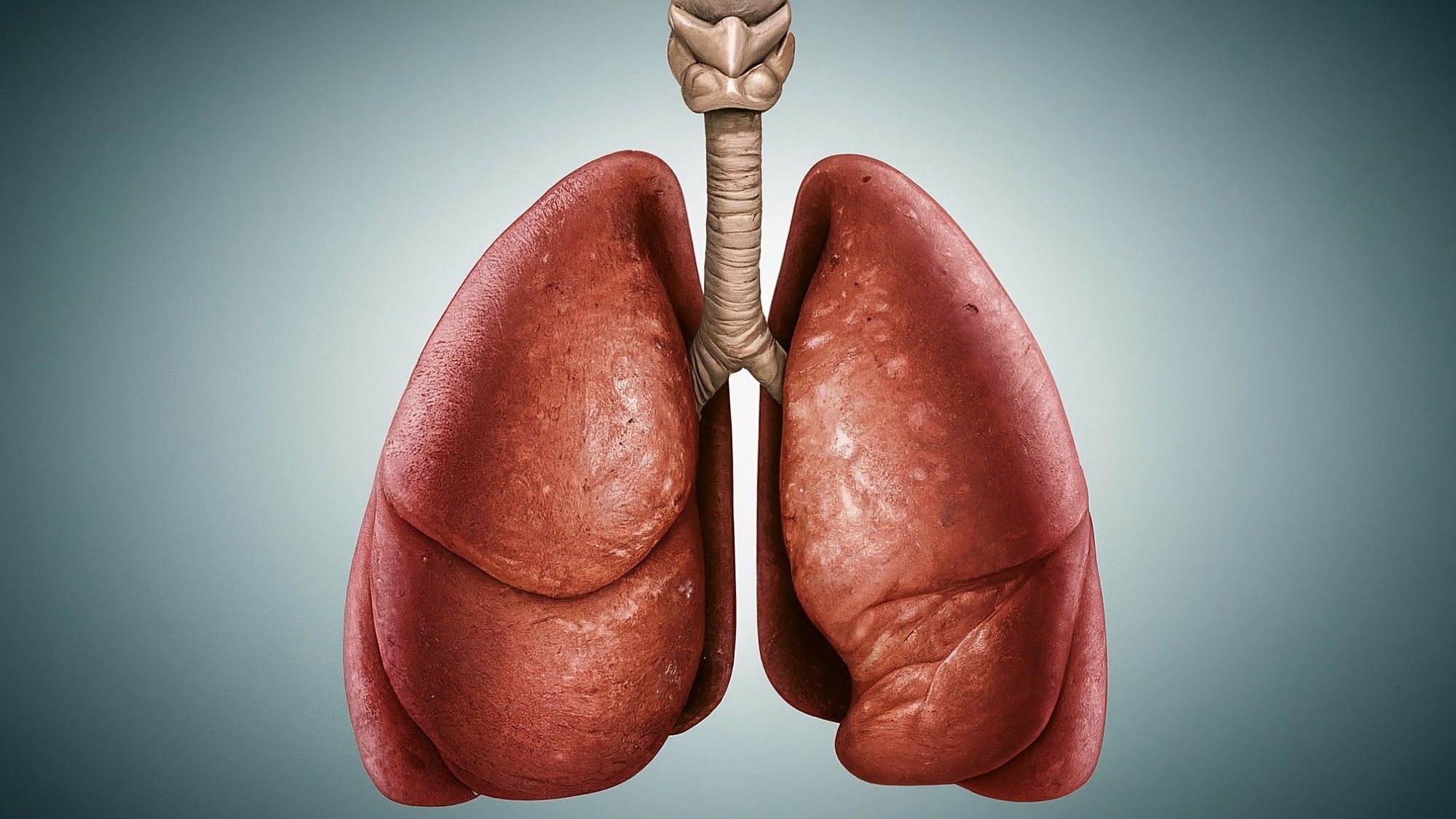Activating the vitamin D receptor shows promise in controlling harmful cell growth linked to pulmonary hypertension, a major factor in disease progression and patient prognosis.
Study: Vitamin D receptor and its antiproliferative effect in human pulmonary arterial hypertension. Image Credit: Shutterstock AI / Shutterstock.com
A recent study published in the journal Scientific Reports reveals the antiproliferative effects of the vitamin D receptor in pulmonary artery smooth muscle cells collected from patients with pulmonary arterial hypertension (PAH).
What is PAH?
PAH is a multifactorial disease characterized by vascular remodeling that arises due to the uncontrolled proliferation of pulmonary artery smooth muscle and endothelial cells. PAH often leads to thickening of the pulmonary arterial wall, which increases stress on the right ventricle. This leads to hypertrophy and failure of the right ventricle and, as a result, premature death.
Vitamin D deficiency is frequently observed in PAH patients and is associated with poor disease prognosis. Calcitriol, the active form of vitamin D, activates the vitamin D receptor, a transcription factor that regulates the expression of specific target genes.
The vitamin D receptor, expressed in endothelial and smooth muscle cells, is involved in numerous physiological processes within the cardiovascular and pulmonary systems, including cellular proliferation, differentiation, migration, control of vascular tone, immunomodulation, and regulation of metabolism. To date, the role of the vitamin D receptor in PAH remains unclear.
Important observations
The current study’s researchers examined transcriptome data of 27 different organs obtained from a public dataset. This analysis revealed that lung vitamin D receptor expression is downregulated in patients with PAH.
These findings were confirmed by comparing messenger ribonucleic acid (mRNA) and protein expression of vitamin D receptors in the lungs of PAH patients and healthy individuals through quantitative reverse transcription polymerase chain reaction (qRT-PCR) and Western blot, respectively. To this end, vitamin D receptor expression was significantly downregulated in the lungs of PAH patients compared to controls. In PAH patients, vitamin D receptor expression was significantly downregulated in pulmonary artery smooth muscle cells but not in pulmonary artery endothelial cells.
Following the treatment of pulmonary artery smooth muscle cells with calcitriol, a significant upregulation in vitamin D receptor mRNA expression that was comparable to its expression in healthy individuals was observed.
Furthermore, PAH cells showed strong and significantly higher inhibition of pulmonary artery smooth muscle cell proliferation following calcitriol-induced activation of the vitamin D receptor compared to control cells.
Mode of action of vitamin D receptor
Calcitriol-induced activation of vitamin D receptor leads to upregulation of its target genes KCNK3, which encodes for TASK-1 potassium channel, and bone morphogenetic protein 4 (BMP4), as well as downregulation of baculoviral IAP repeat-containing 5 (BIRC5) expression in pulmonary artery smooth muscle cells.
Calcitriol-activated vitamin D receptor also induced antiproliferative effects in pulmonary artery smooth muscle cells by modulating the survivin and bone morphogenetic protein receptor type 2 (BMPR2) signaling pathways. However, the vitamin D receptor did not exhibit antiproliferative activity nor vasodilatory effects on pulmonary artery endothelial cells.
Conclusions
The study findings provide evidence for the potential effects of the vitamin D receptor on the pulmonary vasculature of patients with PAH.
The vitamin D receptor is highly expressed in intestinal epithelial cells and distal renal tubules to promote and regulate calcium reabsorption, respectively. Within the lungs of patients with PAH, the researchers of the current study report that vitamin D receptor expression is significantly downregulated in pulmonary artery smooth muscle cells.
Calcitriol led to increased BMP4 expression, which reduced pulmonary artery smooth muscle cell proliferation by modulating both the survivin and BMP signaling pathways. Nevertheless, calcitriol did not significantly impact the proliferation of pulmonary arterial endothelial cells.
Comparatively, calcitriol treatment reduced BIRC5 expression in pulmonary arterial smooth muscle cells, whereas BIRC5 knockout inhibited the antiproliferative effects of calcitriol.
The survivin protein, which BIRC5 encodes, inhibits apoptosis. Previous studies have shown that knockout of survivin induces apoptosis and reduces the proliferation of pulmonary artery smooth muscle cells, thus indicating that calcitriol may inhibit the proliferation of pulmonary artery smooth muscle cells by suppressing survivin expression.
Moreover, several studies have reported that downregulation of the BMPR2 signaling pathway is associated with aberrant proliferation of pulmonary artery smooth muscle cells. Similarly, silencing BMPR2 was found to reduce the antiproliferative effect of calcitriol.
These data reinforce the view that vitamin D deficiency may contribute to the pathogenesis of PAH.”
Journal reference:
- Callejo, M., Morales-Cano, D., Olivencia, M. A., et al. (2024). Vitamin D receptor and its antiproliferative effect in human pulmonary arterial hypertension. Scientific Reports. doi:10.1038/s41598-024-78380-9
Source link : News-Medica

